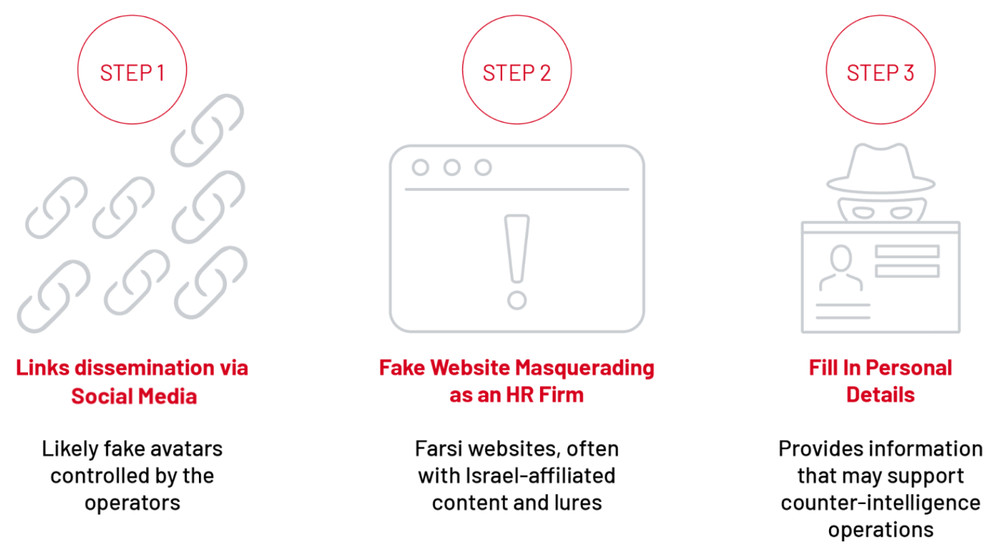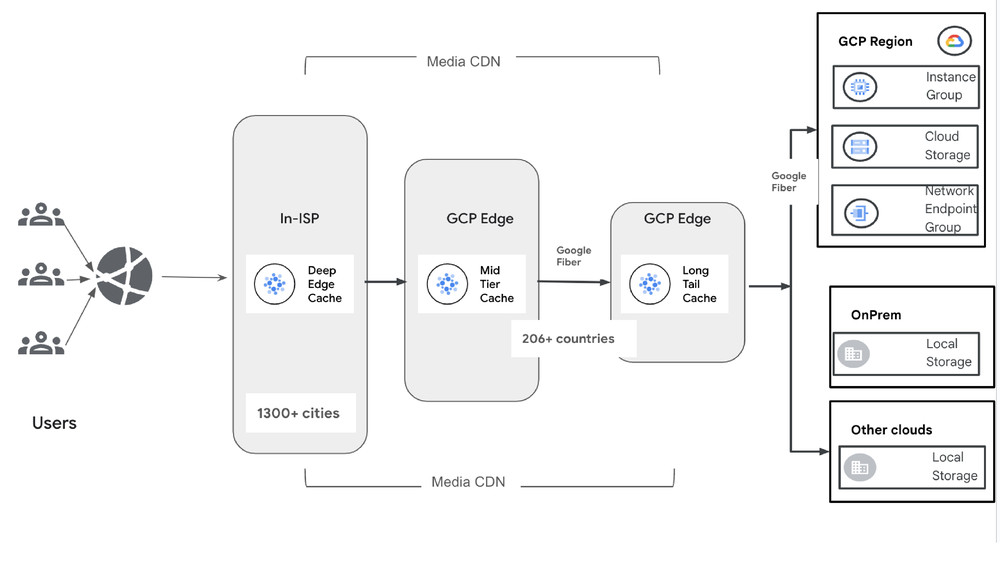As a developer, there’s a lot to think about when you’re getting ready to launch an application. There’s the availability of the underlying database, of course, which stores application state, and determines how fast and you can recover if your application or web servers go down. Thankfully, if you’re running on Spanner, its 99.999% availability architecture means that application owners don’t have to worry about designing and operating active-active database deployments. While Spanner itself is designed to offer high availability, as with any other database, it’s important to have a checklist to ensure a successful launch of your workload as a whole and subsequent ongoing operation. We’ve captured a comprehensive list of items to keep in mind when launching workloads on Spanner in the Spanner Launch Checklist. In this blog post, we go over the key steps in the checklist, and provide additional color about each item. Once you’re done, you’ll be equipped to launch your Spanner-based application with confidence.
Let’s explore the key steps to focus on when gearing up for a Spanner launch.
1. Design, develop, test, optimize
Your Spanner schema and transactions are the blueprint for success. Designing for Spanner’s distributed architecture isn’t just a good idea — it’s the key to unlocking its full potential. Ensure your schema avoids bottlenecks and hotspots, and that transactions are tailored for minimal locking and maximum performance. But the real game-changer? Testing. Rigorous, real-world load testing, complete with traffic spikes and realistic concurrency, helps ensure your workload is ready for production scale and capable of handling unexpected spikes in traffic.
2. Choose your deployments well
Spanner deployments entail more than just provisioning nodes; they’re about aligning infrastructure with your business goals. Choose configurations that balance availability and performance while accounting for traffic peaks with features like auto-scaling. Geography matters as well — place leader regions near your users for low-latency performance. And don’t forget the small stuff, like setting up tags and labels for resource tracking or warming up your database for a smooth start.
3. Implement backup and disaster recovery
Downtime isn’t an option when critical data is on the line. A solid backup and recovery strategy helps your business weather unexpected failures. Define recovery objectives, automate backups, and test restore procedures regularly. Features like incremental backups and Point-in-Time Recovery (PITR) make Spanner a reliable ally in your data protection arsenal.
4. Stay secure
Protecting your data goes beyond locking it up. Spanner’s security features, like fine-grained access controls and least-privilege permissions, let you limit access to only what’s necessary and for the right principals. Add an extra layer of defense with deletion protection and carefully designed IAM policies. With these safeguards, your Spanner instance remains both robust and secure.
- aside_block
- <ListValue: [StructValue([(‘title’, ‘$300 in free credit to try Google Cloud databases’), (‘body’, <wagtail.rich_text.RichText object at 0x3eaa8c105cd0>), (‘btn_text’, ‘Start building for free’), (‘href’, ‘http://console.cloud.google.com/freetrial?redirectPath=/products?#databases’), (‘image’, None)])]>
5. Deploy logging, monitoring, and observability
To keep Spanner running smoothly, you need visibility. Audit logs, distributed tracing with OpenTelemetry, and real-time dashboards give you a clear view of what’s happening under the hood. Proactive alerts ensure you’re ready to act before small issues turn into big problems. We also invite you to check out Database Center, which provides a centralized view across your entire database fleet, including Spanner instances.
6. Optimize your configuration with the client library:
Spanner’s client library is more than a connection — it’s a tool for optimization. Add transaction tags for enhanced debugging, fine-tune session pooling to match workloads, and tweak retry policies to handle errors with grace. These configurations boost both performance and resilience.
7. Cut costs without compromising performance
Managing costs isn’t about cutting corners. Take advantage of committed use discounts for predictable savings and let auto-scaling handle spikes while minimizing idle resources. For non-production environments, scale down or shut off instances when they’re not needed.
8. Plan your Migration
If you’re moving to Spanner, a well-planned migration makes all the difference. From orchestrating a seamless cutover to preparing a reliable fallback strategy, every step counts. Communicate with stakeholders, validate data, and monitor the process to ensure success.
Ready, set, scale!
Launching a successful workload or application is the result of careful planning, rigorous testing, and proactive management. And it’s no different for workloads running on Spanner.
Deploying mission-critical workloads on Spanner is about building a solid foundation for scalability, resilience and peak performance. A well-structured launch checklist ensures you’ve covered all the bases, from design and deployment to backup strategies and cost management. You can review the Spanner Launch Checklist in the Spanner documentation.


